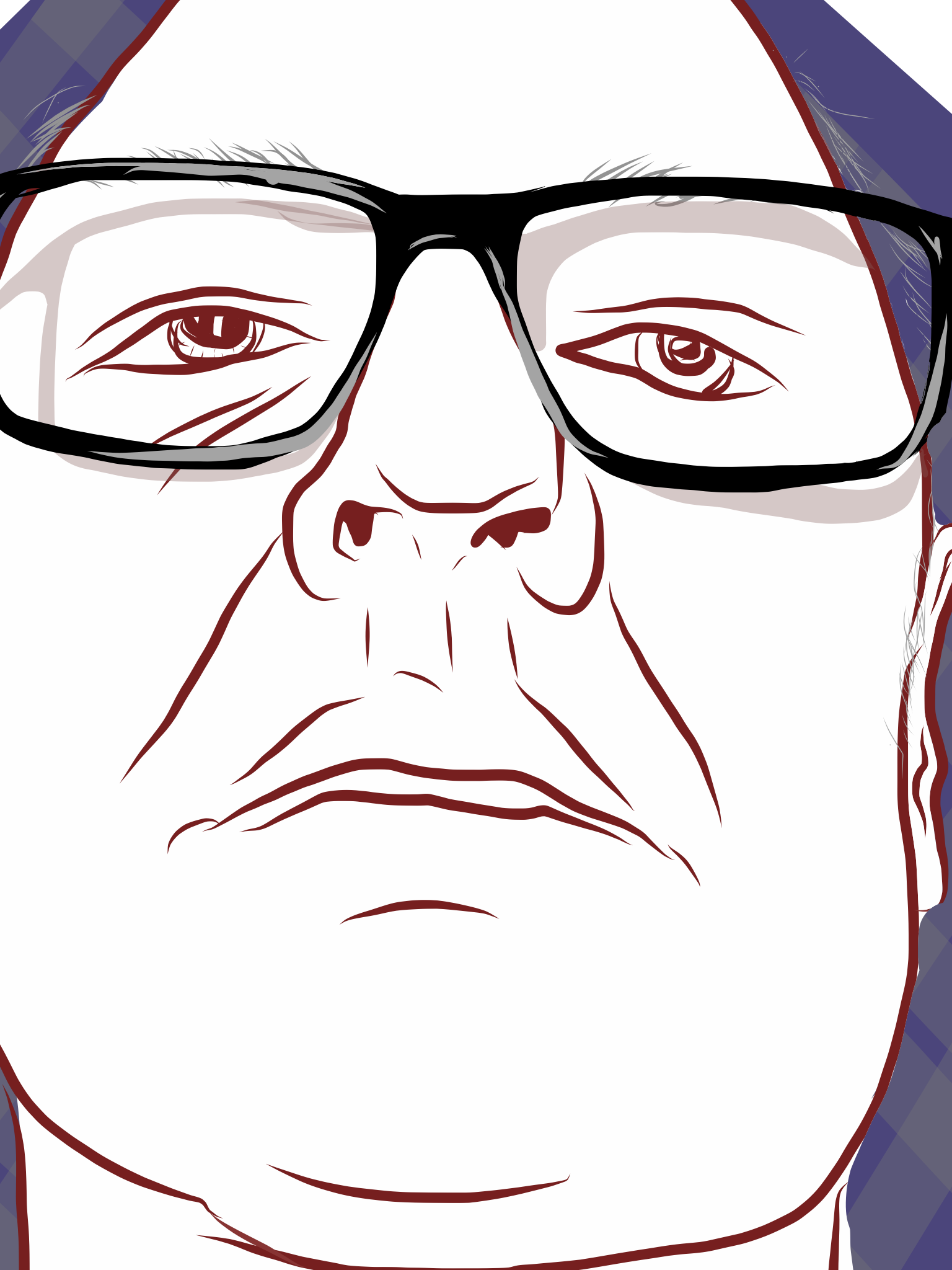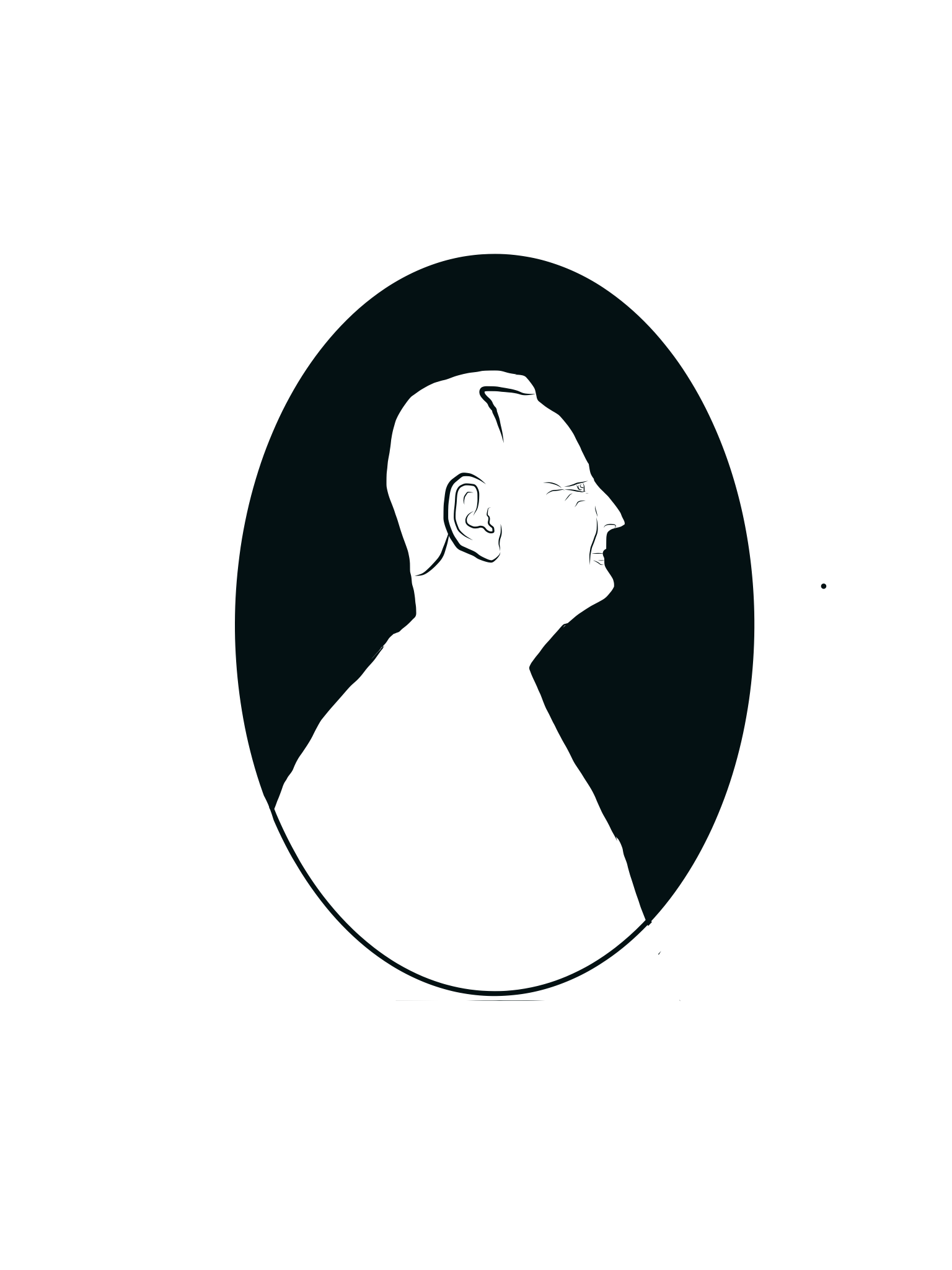VOICES: My Creative Journey (REFERENCE SAMPLE)
Below are the key steps to follow in structuring your project meta-narrative. Make sure that you use the structure provided by dividing your meta-narrative into the appropriate sections using properly typeset section headings (ie. Larger, Bolder, CAPS, etc.).
1. Give your Project an appropriate TITLE:
Add the same title to the top of your meta-narrative as was done here with "VOICES: My Creative Journey."
2. Create the INTRODUCTION Section Heading using appropriate typography:
3. Write an INTRODUCTION:
Write about the creative problem that you were given to solve. This defines the nature and scope of the challenge presented in the project both creatively and technically.
For example:
"The project required the creative exploration of the growing income gap between rich and poor in our society using the juxtaposition of type and image. We were required to explore text through the use of word associations connected with the primary references "income"
"inequality" and "gap". We utilized a visual understanding environment (VUE platform from Tufts University in Boston) to create a visual mind-map that showed primary, secondary and tertiary connections between words.
We then mashed words from opposite sides of the mind map to evoke other unexpected associations.Based on our impressions from the mind map exercise we were required to explore how these words and their associations and mash-ups evoked particular images.
We then considered potential catch phrases, aphorisms, anecdotes to use as quotes (quote material had to be attributed to their authors) or to inspire our own text. This text in turn was used in conjunction with some of the imagery suggested earlier in the creative process.
We then used the Adobe Spark storytelling platform to generate a Spark Post—essentially a meme that allowed us to explore a variety of styles of type, colour scheme, positioning, images, etc.
Once the type and image were constructed we were responsible for sharing the assets by copying a link to the post and then posting it on the social media page for the class and making comments/likes, etc. on those posted by our peers.
Finally, we were required to document the process here in the form of a meta-narrative following the narrative structure provided."
4. List your MATERIALS:
This is a list of all the hardware, software, platforms and conventional materials used in the project.
For example:
Hardware: iPad, MacPro
Software: Illustrator Draw; Illustrator CC, Photoshop
Platforms: Creative Cloud, Behance
Charcoal on Canson Paper
Squid Ink and Toilet Paper, etc.
5. Document your CREATIVE PROCESS:
This is probably the most extensive component of your documentation. It explores your entire creative process—how you came up with the main idea or theme Why you made aesthetic choices such as typography, colour themes, textures, images, etc. to help support your main idea. What choices you made regarding the use of music to set mood and why. What was your choice of theme, animated transitions and why. What was the tone of your communication and why (friendly, authoritative, etc.) Creative process documentation should include any research that you did along with reasons given for why you made those choices. Ideally key preliminary idea sketches, idea mindmaps, pictures of in-studio experimental prototypes should be included to visually support your documentation of the creative process. It can also be effective to show some of the prototypes/ideas that did not work and explain why they were not chosen. This helps to bring contrast and build an argument for why your final approach was a more suitable one.
EXAMPLE: ELEMENTS YOU MIGHT FIND IN A CREATIVE PROCESS:
Audience: 18-15 year old students entering a foundation art program.
Purpose: Inspire new students to make the most of their opportunity to be creative and follow their creative journey and to provide useful advice derived from my own experience.
Importance: I want to share the enormous challenges that I have faced to get where I am today. This also helps me to understand the choices that I have made and will help me to gain awareness of my decision making process.
Tone: Friendly and conversational.
See section below on Story Structure considerations for more detail.
YOU MAY ALSO WISH TO INCLUDE answers to the following questions as part of your preliminary research that helps towards shaping your creative choices (Do not include the original question but DO include it in your response to the question, for example, in answering the question below "WHO is your audience?" You might respond by writing "My intended audience is university or college professors who may be reviewing my portfolio—age range 35-105."
WHO is your audience?
WHAT is the purpose of your story?WHY is the story or its subject important to you?
WHAT do you want your audience to THINK, FEEL or DO after hearing your story?
WHAT is the HOOK?—that special something that makes your audience want to explore the story or its subject matter further.
WHERE are the DRAMATIC ELEMENTS in your story? Look for points that have unexpected twists, turns and bumps in your story that help to create some dramatic tension or surprise for both you, the storyteller and your audience.
HOW will you tell your story?
What STYLISTIC elements will it possess. For our purposes it will be told in the first person to keep the stories personal but in other circumstances, say, in creating a documentary, you may choose to use a third person form of narration. You may also decide on the VISUAL STYLE of the content (illustration vs. photography) as well as the THEME (these are canned formats available to you within the storytelling software).
WHAT is the TONE? This relates to the tone of voice in the narration—how you speak to your audience (is it scientific and authoritative or casual, approachable and friendly or is it gossip?, etc.) WHAT is the MOOD? This relates to TONE and the feelings you wish to invoke in your audience and it is often underscored by the soundtrack chosen (Sad, Upbeat, Serious, Frenzied, Laid Back, Intense, Critical, Scary, etc.) This will help establish the PACING and EMOTIONAL CONTENT of your story.
Answering these questions and being aware of them at all times will help you to make decisions that will lead you to crafting a story that is more ECONOMICAL and EFFECTIVE.
QUESTION PROMPTS to help you structure your own story (Feel free to add more of your own if you wish). This should be used in conjunction with the "Make Up My Own" story structure in Adobe Spark Video:
PAST:
Who/What were your earliest creative influences and why were they so important to you?
What was your earliest memory of a creative accomplishment that you were proud of?
Who/What stood in the way of your creativity and how did you prevail against them/it?
What was your area of interest and why?
Which experiences, interests or knowledge from your earlier life prepared you for pursuit of your current area of interest?
Which singular event in your past most affected your decision to pursue your area of interest?
Who influenced or assisted you in pursuing your career ambitions, interests, or skill in this area?
PRESENT:
How have your interests affected your life as a whole (family, friends, where you live)?
How would you sum up your creative, artistic or design philosophy (ie. what is the role of creativity in your own life and in the life of humanity in general?)?
How does your creative work speak to or represent your personal creative, artistic or design philosophy?
How has your time at school challenged you creatively?
Share a time when you enjoyed an epic win in an assignment at school and explain its importance.
Share a time when you had an epic fail in an assignment at school and share what you learned from that experience.
Share a piece of work that you are exceedingly proud of and explain why you are so proud of it.
What has been the biggest highlight in the current pursuit of your interests?
FUTURE:
Where do you see yourself five years from now?
What are your next steps after finishing the foundation program?
What is the important lesson have you learned as a student so far this year?
What advice would you give to someone considering entering a program aimed at a career in a creative field?
If you could make a wish come true, what would it be?
CREATE a Behance project titled "VOICES: My Creative Journey" (You can give your story an unique title that you feel is more suitable if you wish).
Also Include:
a) Story Outline/Script
A basic outline of your NARRATION (You don't want to actually read the text as you narrate your story; however you do want to have some rough idea about what you are going to say before you actually say it. It can be written in point form if you wish.
b) Illustrations
Using Adobe Illustrator Draw on the iPad, CREATE the illustrations necessary to visually support your story (It would be advisable to COPY them to the Creative Cloud for backup).
Include any sample sketches of characters, backgrounds, etc., mindmaps or idea sketches as part of your Creative Process documentation in Behance. Also, include a list of images or video and music that would be appropriate in illustrating this story.
c) Storyboarding
Using Adobe COMP use a 6 (3 columns two rows) or 9 panel (3 columns three rows) series of Storyboards to illustrate the sequence of slides for your presentation and include any important directions or notes under each storyboard panel.
NOTE: Provide captioned visuals such as thumbnails, prototypes, preliminary sketches, mind-maps, etc. to help illustrate creative process.
6. Detail your PRODUCTION METHODS & WORKFLOW:
This details the methods of production using captioned screengrabs if you are producing work using software. Workflow diagrams are helpful in explaining the major steps in how the work was created. These can be hand drawn and scanned. Conventional production methods (Printing, Painting, Silk Screening, etc.) can be documented in photographs.
NOTE: Provide captioned visuals such as workflow diagrams, screengrabs, photos of production process, etc. to help illustrate production methods/worflow.
7. Write a CONCLUSION:
This reflects on the take-aways from the project challenge—the wins, the losses, frustrations, breakthroughs, etc. What might you do differently if given the opportunity to do it again? Avoid making obvious value statements about your work that could potentially be seen as bragging. For instance, don't say things like: "I think that it turned out great, awesome, etc." You are putting your work up for others to consider and making value statements of this sort are begging the audience to reach a similar conclusion. Be more subtle about the qualities of the work such as. "I am satisfied with the overall quality of the work" Always try to find something that you could work on if given more time. This shows that your work is still a work in progress and that you don't believe that you have perfected your solution to a creative problem.
8. SHOW the Final Product:
8a) SELECT the SHARE Function in SPARK VIDEO.

8b) SELECT the EMBED function in SPARK VIDEO.

8c) RETURN to BEHANCE and enter EDIT MODE and INSERT MEDIA and CHOOSE the BRACKETS < >.

8d) PASTE the EMBED iframe src into the field and SELECT the EMBED BUTTON.

8e) Final video frame appears (may take a while for this to happen due to long render times).

